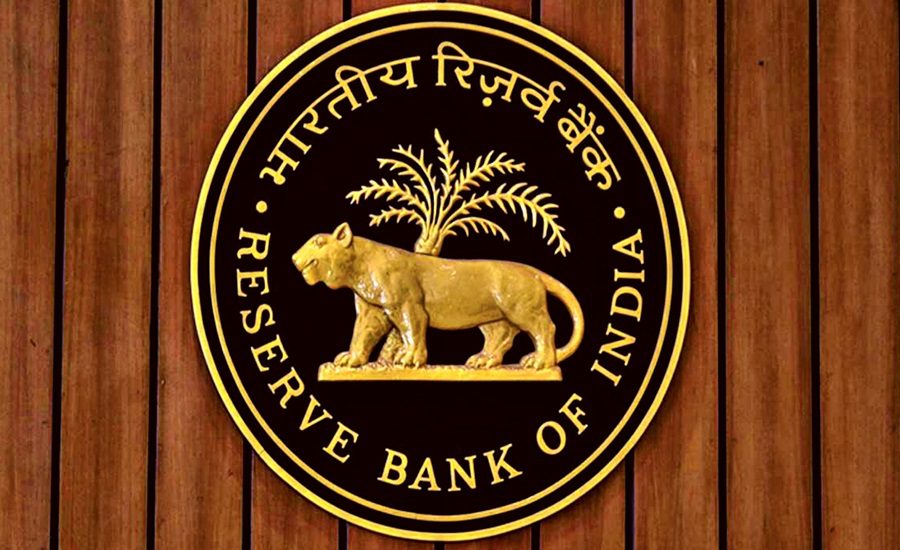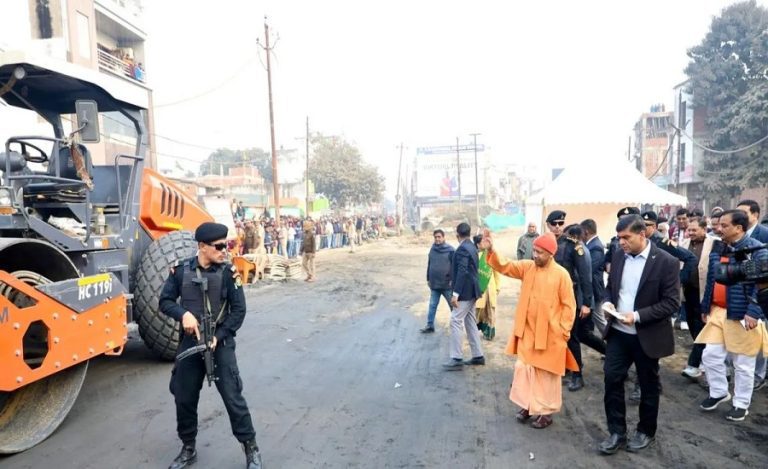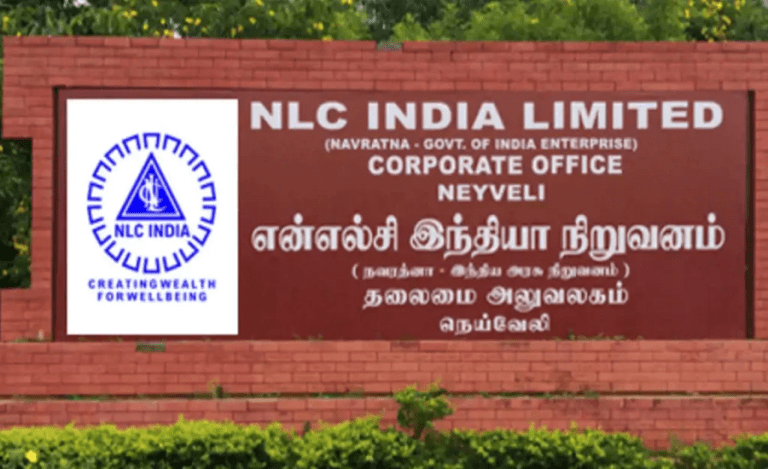Mumbai: The Reserve Bank of India (RBI) has appointed Shri Kesavan Ramachandran as Executive Director (ED) effective July 1, 2025. With over three decades of rich and diverse experience within the central bank, his appointment comes at a crucial time for regulatory oversight and financial sector development.
Vast Experience in Key Areas of Banking and Regulation
Prior to this elevation, Shri Ramachandran served as the Principal Chief General Manager in the Risk Monitoring Department, playing a pivotal role in the supervision of systemic financial risks. His career at the RBI has spanned critical functions, including currency management, banking and non-banking supervision, training, and general administration.
Academic and Professional Credentials
Shri Ramachandran holds a postgraduate degree and an MBA in Banking and Finance. He is also a Certified Associate of the Indian Institute of Banking & Finance (IIBF) and holds a diploma in International Financial Reporting from the ACCA (UK). These credentials underscore his deep academic foundation and professional competence in financial regulation.
Also Read: RBI Bolsters AePS Onboarding Rules Aligned with KYC to Boost Security
Key Leadership Roles in the Past
In addition to his administrative and supervisory roles, Shri Ramachandran served as the Principal of the Reserve Bank Staff College, an important institution for training central bank officers. His governance experience includes a five-year tenure as the RBI’s nominee on the Board of Canara Bank and a two-year term on the Auditing and Assurance Standards Board of the Institute of Chartered Accountants of India (ICAI).
Portfolio as Executive Director
In his new role, Shri Ramachandran will oversee the Department of Regulation, specifically heading the Prudential Regulation Division. His appointment is expected to strengthen the RBI’s efforts in reinforcing prudential norms and ensuring systemic financial stability.
About RBI
The Reserve Bank of India was established on April 1, 1935 in accordance with the provisions of the Reserve Bank of India Act, 1934. The Central Office of the Reserve Bank was initially established in Kolkata but was permanently moved to Mumbai in 1937.
It regulates the banking system and the currency supply, aiming for monetary stability and economic development. Key functions include managing foreign exchange, acting as a banker to the government, and promoting financial inclusion. The RBI also supervises banks and works to ensure the stability of the financial system.



























